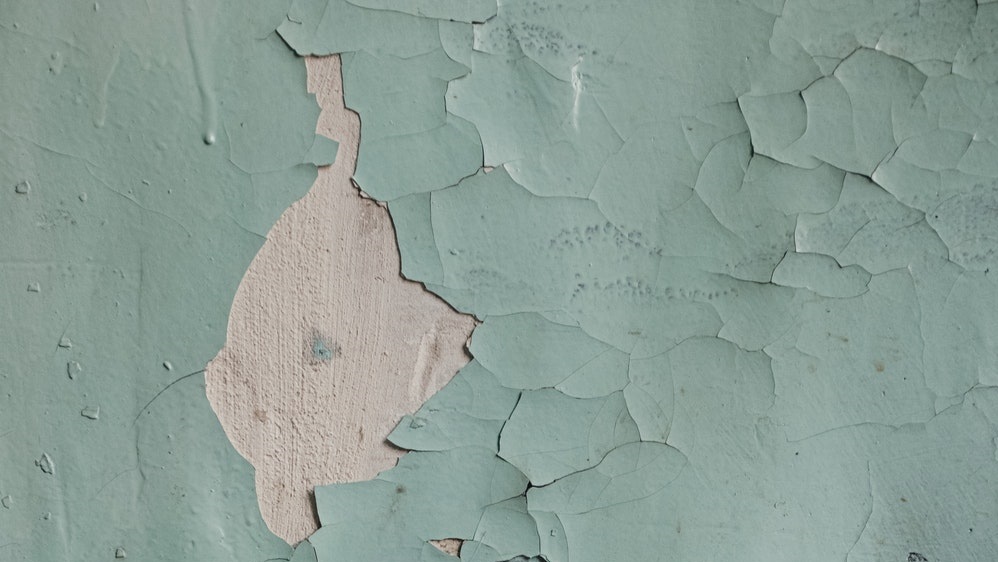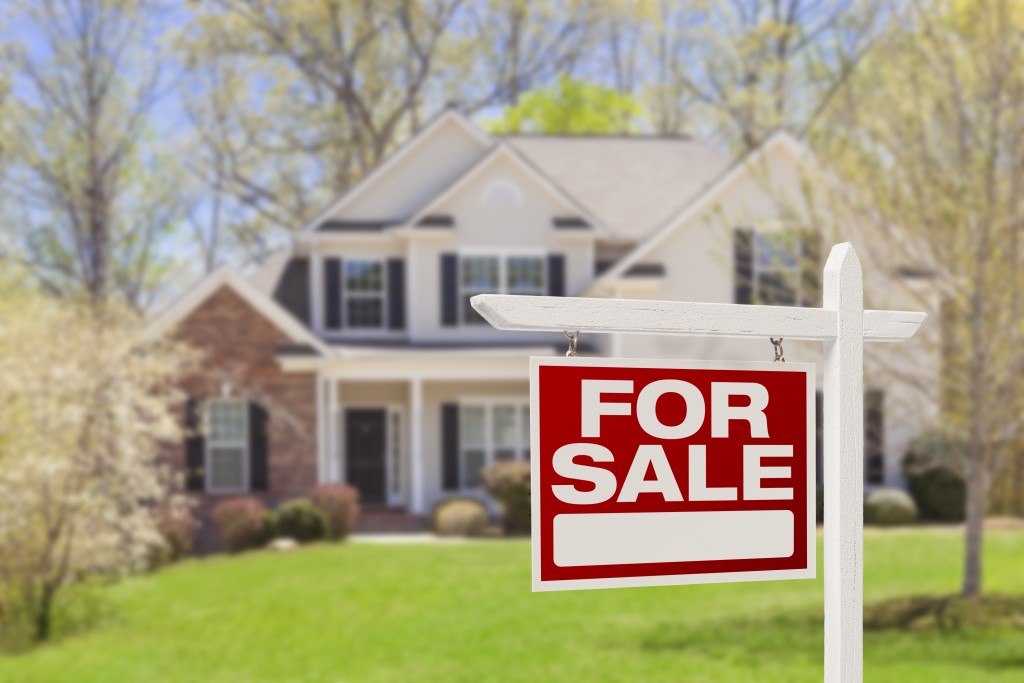There are plenty of old and antique homes in the U.S., considering that the median age of abodes in the country is 37 years. Homes in the Northeast are even older, aging 57 to 58 years. Given that, it isn’t surprising to find old properties on listing websites.
But though an ancient dwelling may be cheaper, they’re usually fixer-uppers, meaning they’re plagued with maintenance issues, some of which can be safety hazards. Though buying a fixer-upper isn’t always a bad decision, it can take more of your time and money in the end, because a lot of work is needed to make the house habitable. There are new codes and standards to consider, as well as aesthetic updates that will boost the property’s value.
But nothing is more crucial than eliminating the safety hazards. That said, these are the safety red flags you should recognize before buying an old home:
1. Damaged Foundation
A home’s foundation settles over time due to the movement of the ground beneath it. Signs of a faulty foundation include small settlement cracks, damaged support footings, uneven floors, interior wall cracks, jamming windowsills and hard-to-open windows, and water or moisture spots.
Neglecting a faulty foundation may result in costly structural damages and mold and mildew infestation. Therefore, have the entire home inspected by a structural engineer to find out how much damage there is.
2. Deteriorating Roof
Though a broken roof won’t automatically be torn down from your house, it can allow water to wreak havoc on your gutters, attic, ceilings, and top floors. Molds and mildew may develop next, which is a health hazard especially for people with respiratory conditions.
Signs of a deteriorating roof include missing or damaged tile or shingles, moisture in the attic, and stains on the sheeting and planking.
3. Lead Paint

Houses built before 1980 may have lead paint. So, if you’ve set your sights on such a property, bring a test kit to confirm if the home’s paintwork contains lead.
Lead is especially dangerous to kids and pets. Anemia, weakness, and kidney and brain damage are among the diseases caused by high exposure to it. Very high exposure can even be fatal.
If you’re pregnant, you shouldn’t get close anywhere with lead, too because the heavy metal can cross the placental barrier and put your unborn child at risk. Even in low levels, lead may damage a fetus’s developing nervous system, affect their behavior and intelligence when they’re born, or kill them in the womb. It may also affect your fertility, so don’t visit an old home unless it’s already inspected by a certified professional.
4. Radon
Radon is a radioactive gas that can move into a home through the cracks in the foundation. It is the second-leading cause of lung cancer, so if you or any of your family members have a vulnerable respiratory system, it is another reason to have your old home’s foundation repaired first, or to choose another home with an intact foundation.
5. Toxic Gases in the Air Indoors
Hazardous indoor air quality also contains radon, as well as carbon monoxide and allergens. They are all odorless and tasteless, which makes them even more treacherous and scarier.
Cracks in the foundation, leaking gas, and HVAC system issues are usually the sources of toxic gases. Thankfully, they are easy to eliminate. Repair the foundation, and install a new air-filtration system and air conditioner to keep the hazardous gases under control. Fill the home with houseplants as well to purify the air and improve your mood.
6. Outdated Electrical System
Homes built before 1950 and up to the 1960s may have knob-and-tube wiring, which requires inspection by a licensed electrician to ensure safety. You don’t necessarily have to replace knob-and-tube wiring, but upgrading to a newer system may increase your safety, not to mention make your whole abode up-to-date.
Now that you’re aware of these safety hazards, prioritize eliminating them once you’ve purchased an old home. They may rack up your expenses, but they’ll secure your health and safety, both of which are a priceless investment.
